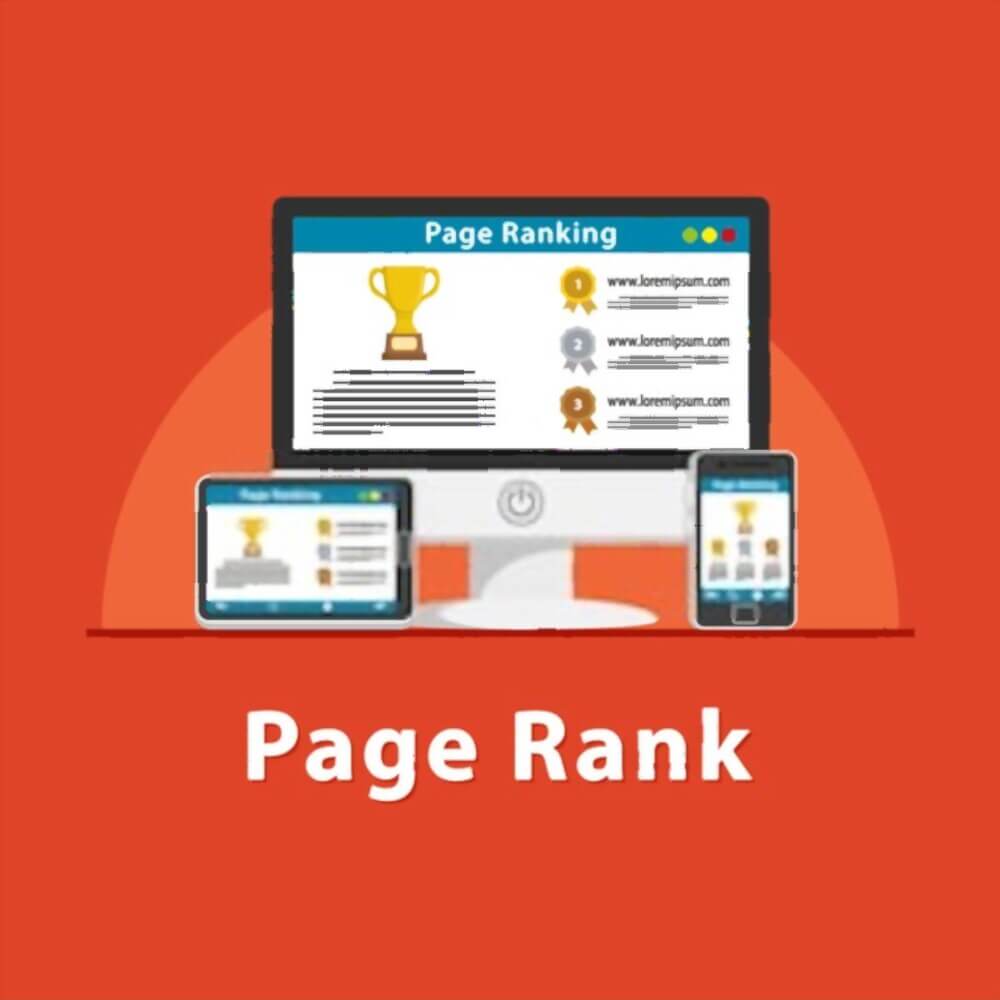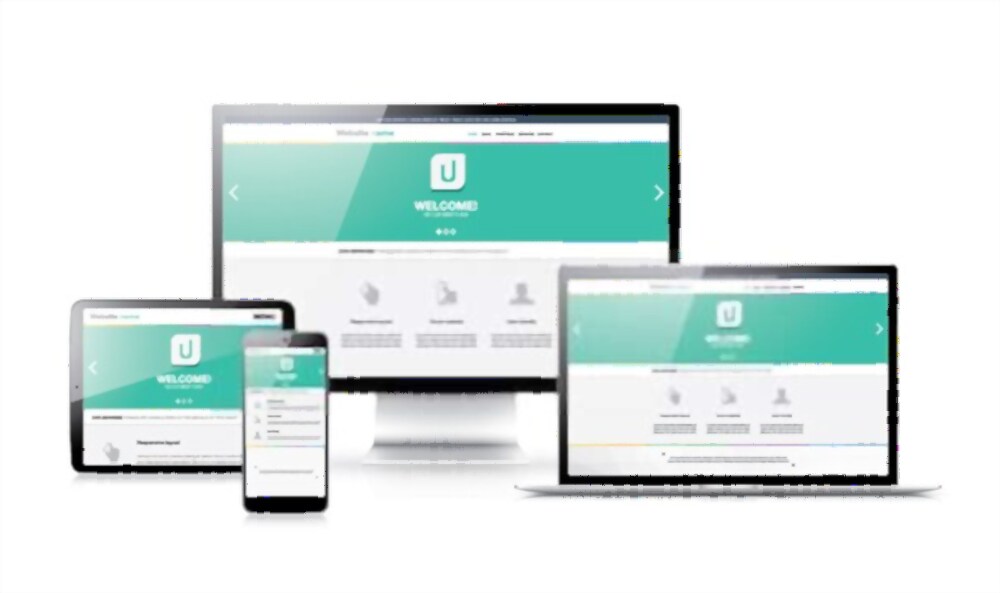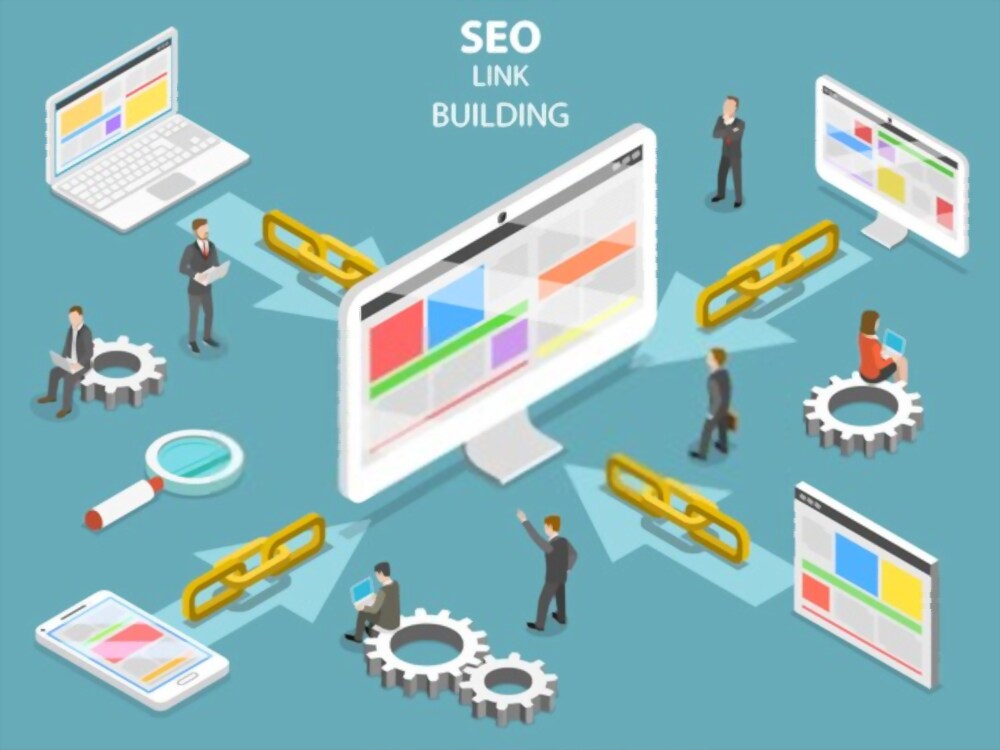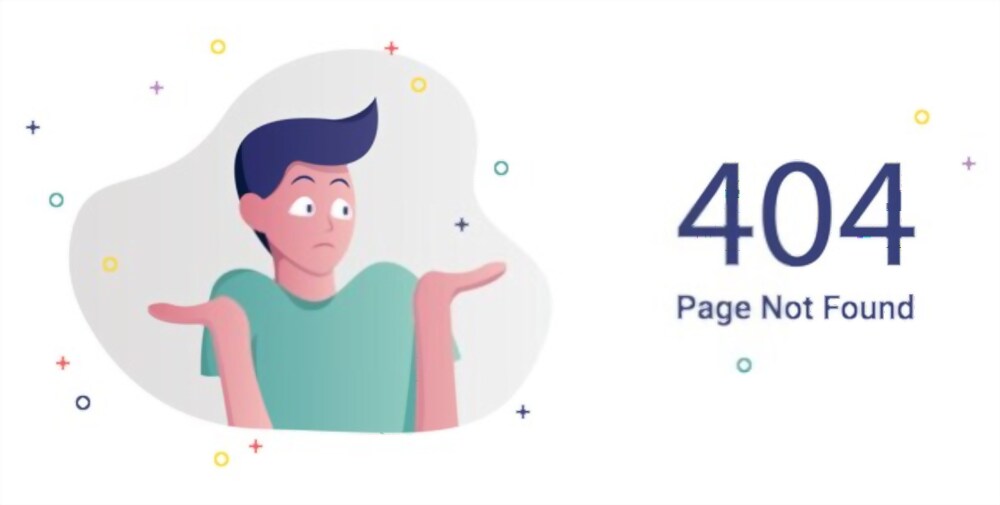Link building is arguably the most challenging part of SEO. It’s a part that requires technical prowess, a creative approach, and just straight grit and grinds. If you’re a beginner at link building or you’ve tried building links without much success, you are in the right place.
This technique can help you to get backlinks effectively. So you can rank your pages higher on Google. Link building has built all sorts of reputations, but there are generally two dominant views. There’s one party of SEOs that live and die by it.
Also, there is On-Page SEO for ranking in google organically, including link building. Here is some technical prowess where you can get knowledge all about link building.
Table of Contents
What is link building?
Link building is the process of building relationships with other relevant site owners who want and will link to your content.
And these hyperlinks are called backlinks.
While the result might make sense conceptually and seem simple, people don’t understand and can’t seem to get right is this part of the process.
And this ultimately boils down to execution.
The reason why execution is challenging is that people focus on getting backlinks to their pages.
But the process is very relational.
Humans build relationships, not “borrowed” templates from videos and blog posts.
This definition isn’t just about you getting something.
It includes relationships, relevance, and value exchange.
Since effective link building is severe, you need to understand why it’s worth the effort.
Why is link building important?
Search engines like Google use backlinks to help rank web pages.
And it’s been this way since 1998 when Google created PageRank.
PageRank
PageRank is a mathematical formula that judges the “value of a page” by looking at the quantity and quality of other pages that link to it.

We also found a clear correlation between organic traffic and backlinks from unique websites in our study of over one billion web pages.
While getting backlinks may be more problematic than, let’s say, creating a blog post, they’re critical if you want to rank for competitive phrases.
You might be thinking. So and so said not to focus on link building because a high-quality piece of content ideas always attracts links.
“how do you get that content marketing in front of people in the first place?”
Unfortunately, the concept of “if you build it and they will come” is pure fantasy.
Or you might have heard other people say, “I get tons of traffic without building backlinks, so no need to go through the struggle.”
Yes, it’s possible to rank pages without backlinks, but let me say this one more time.
Backlinks are critical if you want to rank for competitive phrases.
And competitive phrases are usually the ones that’ll drive the most referral traffic and revenue for your business.
For example, queries related to SEO are incredibly competitive, but they’re also very lucrative.

And if you look at our blog article backlink growth in Ahrefs’ Site Explorer, you’ll see that the growth curve almost mirrors that of our organic traffic.
How do you get backlinks?
there are three ways to get them are:
1. create them
2. buy them
3. earn them.
Let’s go through each method.
Creating backlinks
Creating backlinks means manually add link equity to your site.
It can do it by adding your website to
- 1. directories
- 2. blog comments
- 3. Social media profile
Anyone can do this with minimal effort, so they’re not that effective from an SEO and ranking perspective.
Buying backlinks
Buying backlinks is precisely as it sounds.
You pay webmasters or authors a fee, and in return, they’ll link back to a page on your site.
It is against Google’s Webmaster Guidelines and can potentially result in a penalty.
That could be anything from losing ranking positions or, even worse, getting your pages removed from Google’s search index.
Also, buying links isn’t exactly cheap.
We contacted 250 websites to ask if they sell links.
And we found that the average cost of buying one was nearly $353.

Earn Backlinks
The final way to get backlinks is to earn them.
And this is usually done by emailing other website owners and editors and asking them to link to you.
It is the most challenging method of the three, but generally speaking, the harder it is to obtain a link, the more valuable it’ll be.
And for that reason, we’ll be focusing on earning backlinks through email outreach.
Some will help propel your pages to the top of Google, while others can hurt your site.
What makes a link suitable?
There simplify it as much as possible; there are two main categories you should look at are
Relevance
Ideally, you want to get backlinks from relevant websites and pages.
For example, let’s say you have a page on the best USB microphones.
Getting a link from a page on the topic of video conferencing would be much more relevant than a link on a page about gardening tips.

And this also plays out at the website level.
Getting a link from a tech site like Cnet would likely carry more weight than a recipe site like All Recipes.
Authoritativeness
If you’re unfamiliar with “authority” in the context of link building, it represents the so-called “link power” a web page has, and this relates to how PageRank works.
As we discussed before, both the quantity and quality of links matter.
The more quality valuable links a page gets, the more PageRank it earns.
PageRank doesn’t appear out of thin air, and it comes from other pages.
It refers to that pages with authority can pass it to other carriers through hyperlinks.
The more PageRank an internal linking page has, the more it can pass to those outbound links.
For example, page C has two links: one from page A and one from page B.

Page A is more vital than page B and also has a fewer outgoing type of links.
Feed this information into the PageRank algorithm, and you get the PageRank of page C.
It is a simplified version of how PageRank works, but the critical point here is that you want to get links from high-authority pages because they’ll likely have the most significant impact on your rankings.
While Google doesn’t provide PageRank or website authority scores, we have two metrics at Ahrefs that quantify it.
Domain Rating
Domain Rating is our website authority metric, and it represents the overall strength of a website’s backlink profile.
URL Rating
URL rating is our page-level authority metric, representing the overall strength of a Page’s backlink profile.
What is a link in SEO?
Let’s break down the anatomy of a hyperlink and the impact each part has on SEO.
what a link looks like to your website visitors, and if we look at the HTML code, then it
would look like this.

There are three essential parts to a link that matter in SEO.
Destination URL
The destination URL is simply the URL the person will visit when the “link is clicked.”
Anchor text
The anchor text is the clickable word, phrase, or image attached to the link.
Example: Site Explorer is the anchor text in the above image.
Google uses anchor texts to understand better what a page is about and what terms it should rank.
But building lots of links with keyword-rich anchors is classified as a link scheme and may result in a Google penalty as it looks unnatural.
For example: if you had a post on the best wireless headphones and had a hundred links pointing to it where the anchor texts were all “best wireless headphones,” then it would look quite unnatural.

People often use anchors text, such as:
- 1. brand name
- 2. the title of the page
- 3. the URL
- 4. phrases like “click here.”
With most earned links, you have very little or no control over the anchor text.
Over-optimization isn’t something you need to worry about.
“Rel” attribute
Some links contain a “rel” attribute intended to tell crawlers the relationship between the linking page and the linked page.
And the three “Rel” values that you should know about are:
- Nofollow/Dofollow
- UGC
- Sponsored
Historically, nofollow attribute links told Google that the linking page would not associate themselves with the linked page.
And for that reason, Google search didn’t transfer “authority” through those links.
But then Google added a couple other “rel” values: “UGC,” which stands for “user-generated content,” and “sponsored,” which signifies a paid link.
They also announced that in the future, they would look at these link attributes as “hints,” meaning they may pass a value through them at their discretion.
If a link doesn’t have any of these “rel” values, it would be called a “followed” internal link.
Meaning, the link can pass PageRank and help boost your ranking factor.
Seeing as this is still relatively new, I’d recommend focusing on building “followed” links, although that’s only partially within your control.
link placement
Link placement Prominent links are more likely to be clicked, and it’s believed that Google takes this into account when determining how much authority a link transfers.
For instance, an editorial link is more likely to be clicked than a link in the footer.
All else being equal, the former would be better than the latter.
It would be best if you had a general overview of the more technical things involved in a link building campaign.
But as I mentioned, there’s also a creative part that’s required.
And by creative, I’m talking about content creation as well as getting creative with your email pitch.
With enough willpower and determination, it’s possible to build links to any page.
But life is a lot easier when you have something that people want to link.
Critical attributes of linkable content
There are a couple of crucial attributes that linkable content has:
Non-commercial Content
Commercial content, like product pages from an eCommerce store or sales pages, is tougher to get links to.
Why?
Because no one wants to contribute to your bank account without some compensation or, at the very least, having the first-hand experience with your products or services.
So by creating non-commercial content with high utility, you’re creating something more deserving of a link.
Helpful Content
People want to link to helpful content because it directs their audience to resources that complement their own.
And helpful content can be in all different forms.
For instance, well-written blog posts with factual information can get lots of links.
Healthline is an excellent example of this.
Their blog posts are usually concise, and as far as I understand, many of their articles are vetted by medical professionals.
As a result, all of their top linked-to pages are informational blog posts, which individually have thousands of referring domains pointing at them.
Calculators and tools can also act as link magnets.

Our free backlink checker has gotten over 2,000 links from unique websites.
Nerdwallet’s retirement calculator has gotten over 800 links from unique websites.
And Bank Rate’s mortgage calculator has over 3,500 links from unique websites.
Data-studies and case studies are also a great type of content that attracts links.
Bottom line, if your content is a helpful resource for their audience or supports arguments they’re making like a stat or fact, then your chances of earning backlinks increase.
The Pitch
Building links means you need to reach out to authors and editors and ask them to link to you.
Just like in sales, these people are called “prospects.”
Now, it’s called a “pitch” for a reason.
You can’t just ask people to link to you without a good reason.
Let me put this into perspective.
Imagine someone showed up at your door, and they asked you for money.
You’d probably be speechless and just shut the door.
If they told you that they were raising money for a good cause in your community, you might consider listening to them.
And that brings us to the first part of the pitch.
1. You need to have a good reason to contact people
Generally speaking, the better the sense, the higher your chance of achieving your goal.
2. The pitch is personalized
how do we take this pitch from a “maybe” to a “probably?”
Let’s add on to Samantha’s pitch.
“Since we’re registered as a charitable organization, we’d be happy to provide a tax receipt for any donations above $10.”
The pitch has just gotten stronger and could even lead to higher valued donations.
And this brings us to the final part of the pitch, and that’s the value exchange.
Yes, some people will likely link to you if you have a good reason for contact and your content matches the criteria we went through before.
3. value in exchange
If they’re getting something of value in exchange for a link, whether that be a resource that adds value to their blog or free content from a guest posting, then your chances of getting a link increases.
But remember, things like exchanging quality links for money or doing excessive link exchanges is against Google’s Webmaster Guidelines.
The same goes for sending products to a person in exchange for a backlink.
So you’d need to get creative here to stay in line with the rules.
And I won’t expand on this because it’s just so highly situational based on the page you’re trying to build links.
As you can see, link building is both an art and a science.
Pitches are also highly situational and will vary from person to person.
But there are quite a few link building strategies that are streamlined and have been proved to work time and time again.
Let’s go through some of these strategies, and I’ll explain what it is, why it works, and how you can do them.
Link Building Strategies
There are some strategies which are:
Guest Blogging
Guest blogging is when you create quality content for another website.
And the reason why this strategy works is that there’s a transparent value exchange.
They get great content for free, and almost always, you should be able to get a link back to your site, whether within the scope or in the author bio.
How Guest Blogging Works:
- Find other blogs in your industry
- Pitch and agree on a relevant topic
- You would write a post for them
One way to find other industry blogs is with Ahrefs’ Content Explorer.

Just search for a topic related to your niche.
Next, set the One page per Domain filter since you don’t need to pitch the same site multiple times.
You can then set a Domain Rating filter to something like 40-60 to find websites with proper website authority.
Export the results and start pitching.
Resource Page Link Building
It is where you get backlinks from web pages that curate and link out to useful industry resources.
This strategy works because the pages’ sole purpose is to link out to helpful and useful resources.
If your content is excellent and you bring it to their attention, you’re helping them fulfill the page’s purpose.
Resource Page Link Building Process:
- Find industry resource pages
- Reach out to them
- Suggest your resource for inclusion
The easiest way to find relevant pages is to search in Google with a query like
intitle: resources inurl:resources.html and then a phrase related to your topic.
Visit the pages and see if there are resource pages that link out to other external pages.
Then it’s just a matter of reaching out to the ones you want to be mentioned.
You can also use Ahrefs’ SEO toolbar, which will show you essential SEO metrics like Domain.
Rating, URL rating, and both page and domain level search traffic estimations right within the SERP.
Broken link building
Broken link tactics building is where you:
- Find dead/wrong links on a page
- Create your page on that topic
- Ask everyone linking to the slow resource to link to your page instead.
It works because webmasters who care about their site don’t want to lead their visitors to broken link pages.
Frequently, they’ll replace the dead link with yours.
There are quite a few ways to find dead pages with backlinks.
The quickest way is to search for a topic in Ahrefs’ Content Explorer, then filter for broken pages.

Set a referring domains filter with a minimum value of 10, which will show pages with backlinks from at least ten unique websites.
After you’ve found a page, click the caret, and then view it on archive.org.
It should show you the content used to be on the dead page, which can help you define your page’s content angle.
Click the caret, and go to the Backlinks report, where you can see all of the linking pages to reach out.
HARO
HARO is a website that connects journalists with sources and sources with journalists.
You’ll get emails where journalists from media outlets are requesting information on a specific topic.
Just filter through the topics, and if you find something where you can add value, respond to the journalist with your expert opinion.
And if they use you as a source, they’ll usually link back to your site.
The value exchange here is simple.
You’re exchanging your knowledge for a mention and usually a link from an authoritative site.
There’s no shortage of requests from mega publications like:
- The Huffington Post
- Forbes
- Inc
- Entrepreneur
- Reader’s Digest
Conclusion
These are some used tactics right now, although I have covered all the things mentioned in it. And in this, I have told you everything from basic to advanced, after which you will not need to read anywhere else.

